|
Observing Light Patterns
Sunlight is the most important factor to our existence, without the sun we could never be. It is just the right temperature for creatures like us, it nourishes plants - as well as us (vitamin D), it evaporates water from our oceans allowing rain and snow to shower down, without it our planet would be a lifeless ball of ice-coated rock. This past year, with the eclipse crossing the US many people took the time to observe the sun and the interesting patterns it cast on the ground during the eclipse, and it was awesome, but what about the other times of the year? We assume the sun doesn’t change too much, its timing may differ but it rises every morning, sets every night, life goes on and you don’t need to be too concerned about the sun. That being said, it is interesting to observe, and there is a lot more to observe than you may think…
Yes, the sun does more than create beautiful light and shadow patterns, today go out with a renewed sense of all the factors that play into our existence thanks to that bright star in the sky! References/links for more info: Different types of twilight - https://www.timeanddate.com/astronomy/different-types-twilight.html Differences of Sunrise and Sunset - https://www.livescience.com/34065-sunrise-sunset.html Atmospheric Optics - https://en.wikipedia.org/wiki/Atmospheric_optics The Sun and Us - https://history.nasa.gov/EP-177/ch3-1.html Health benefits of sun exposure - http://www.medicaldaily.com/sun-exposure-vitamin-d-and-other-health-benefits-sunlight-246487 Color Temperature - https://en.wikipedia.org/wiki/Color_temperature Sun Calculator - http://suncalc.net/
0 Comments
Observing lawns... first let’s define what a lawn is. I’ll admit I have used lawn and yard interchangeably but for this post I wanted to find and define the proper term. It turns out a yard is all of the green-space around your property, this includes flowerbeds, gardens, hedgerows; the lawn is the open space that the grass is allowed to grow but is mowed, trimmed, and manicured to allow room for play, picnics, and other activities. Cool! I’m not going to get into how bad it is to spray chemicals on your lawn to attempt to get the perfect - lush - grass only - growing at 2.5inches high - carpet of a lawn, I’m only going to say you’ll have a much more diverse array of wildlife visit your lawn if you don’t.
Okay! How do we go about observing a lawn? The easiest way is to grab a blanket and go out in the middle of the lawn and sit down. If we get the snow they’re calling for today you might need a lawn chair to sit but yes, you can observe your lawn even with snow cover!
Trees, they’re everywhere. We see them in parks, yards, cities. I think all of us feel pretty confident that we could draw a tree if we were asked to. The casual familiarity with trees can leave us blind to actually seeing them. Think back to the last time you drove down the street, I’m sure you saw trees, but how many different kinds of trees did you see? Were they growing in unique ways? Were they there naturally or have they been planted intentionally?
To begin to understand trees, let’s start in our own yards. I recommend using a notebook to record observations, but it’s not necessary. Pick one tree to observe
After you note these observations you may find it’s much easier to spot other trees of the same kind now. Being able to observe the finer details of trees, plants, or anything else will make it much easier to make proper identifications as well as gain a greater appreciation for the unique qualities of the plants, trees, animals, and even people, around you. You don’t need to travel far to observe nature (although it can be fun). In your own back yard there’s an entire community waiting to be discovered, seriously, whether you live in the country, in town, in the ‘burbs, or even if your backyard is only a balcony. Through mindful observation, you’ll be able to see an entire new world in your own back yard! Throughout this month I’ll be posting a series of “How to Observe _____” with a variety of exercises to get those observation muscles working! I was inspired after making myself go for a walk around my neighborhood, I have been spending so much time on the computer editing various photo projects that a lack of connection with the great outdoors had started to set in. So I bundled up and headed out the door. At first I noticed the sharp chill air, followed by the stream of traffic (I live in town on a rather busy street), soon though, those faded into the background and I began noticing the great variety of leaves on the sidewalk and started to count and identify as many different ones as I could - red & white oak, Japanese maple, sweet gum… I turned down a side street and watched the squirrels run, as they climbed the old oak I noticed their nest, just outside the nest there was an old gray squirrel peeking out watching me. We watched each other for a few beats until another squirrel arrived with leaves and twigs to add to the nest, then they got to work arranging. Further along I noticed a forsythia bush had started to bloom during last week’s warm spell. As I turned the corner I hear a gravely rough call from a tree, I look up and a crow is hopping from branch to branch creeping closer and closer to a squirrel nest. If you’ve never heard the range of sounds crows make I highly recommended scoping them out and watching, I’ve observed some that I could swear were talking! The crow fluttered off and I continued walking noticing a brilliant purple rhododendron that also though spring had arrived, the flowers caught mid open. Then I was home again, with a renewed sense of wonder. We’ll be learning how to observe… Trees, lawns, birds & animals, light patterns, the sky, and a variety of other subjects all from the comfort of your backyard! Stay tuned! For reference, this is my backyard where I'll be making observations.
Summer feels so long ago, spring is now closer than it had been in September, we've just started this winter adventure, we must embrace it.
|
AboutSince 2015 we have been exploring and sharing all the amazing things we’ve found in nature. AuthorEmily is an Ohio Certified Volunteer Naturalist who is most often found out in the woods. Archives
March 2024
Categories
All
|
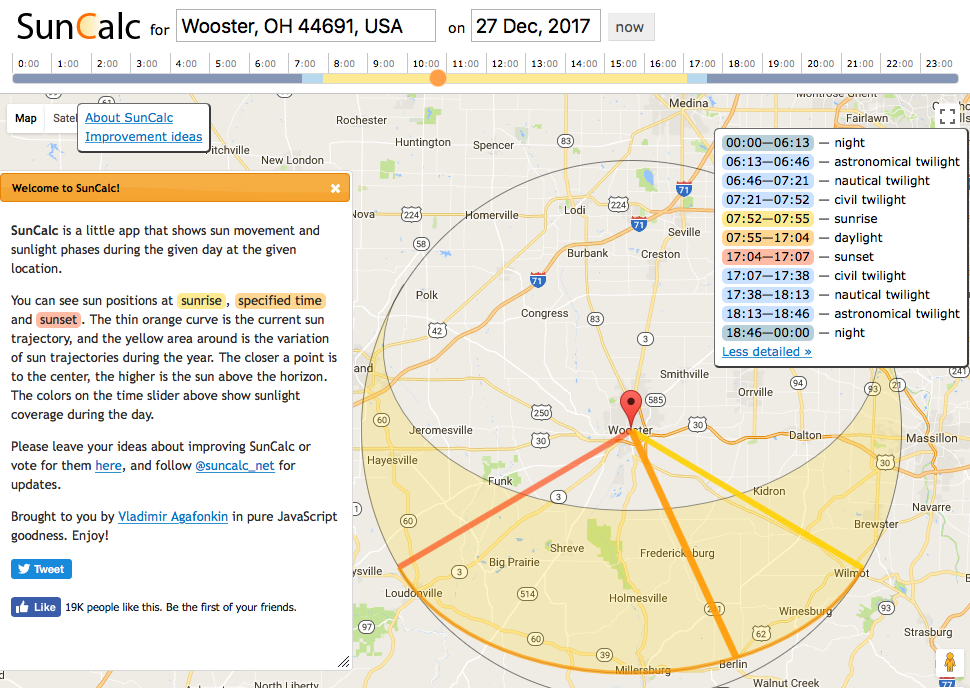
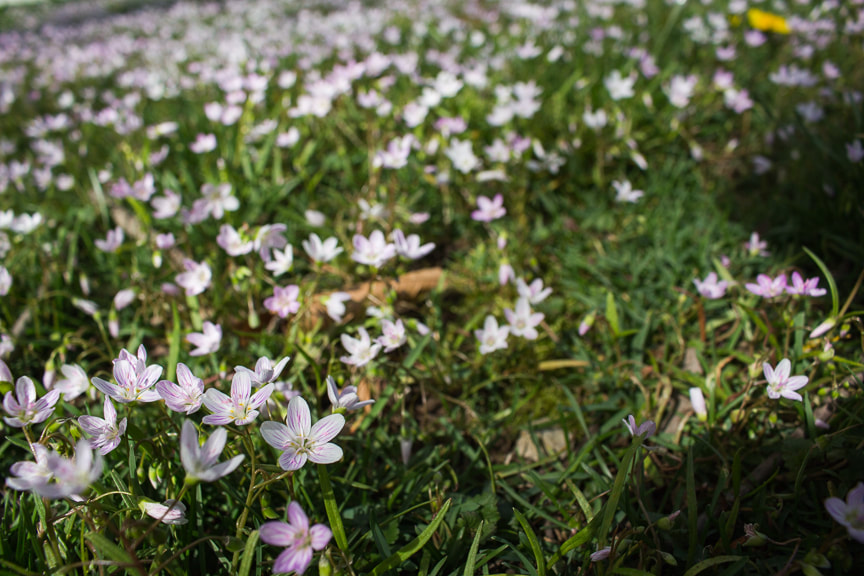
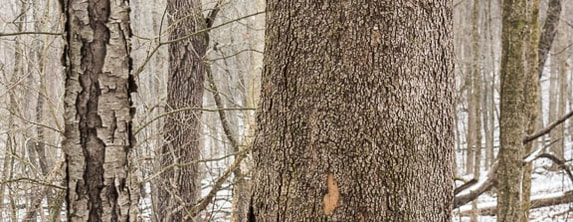
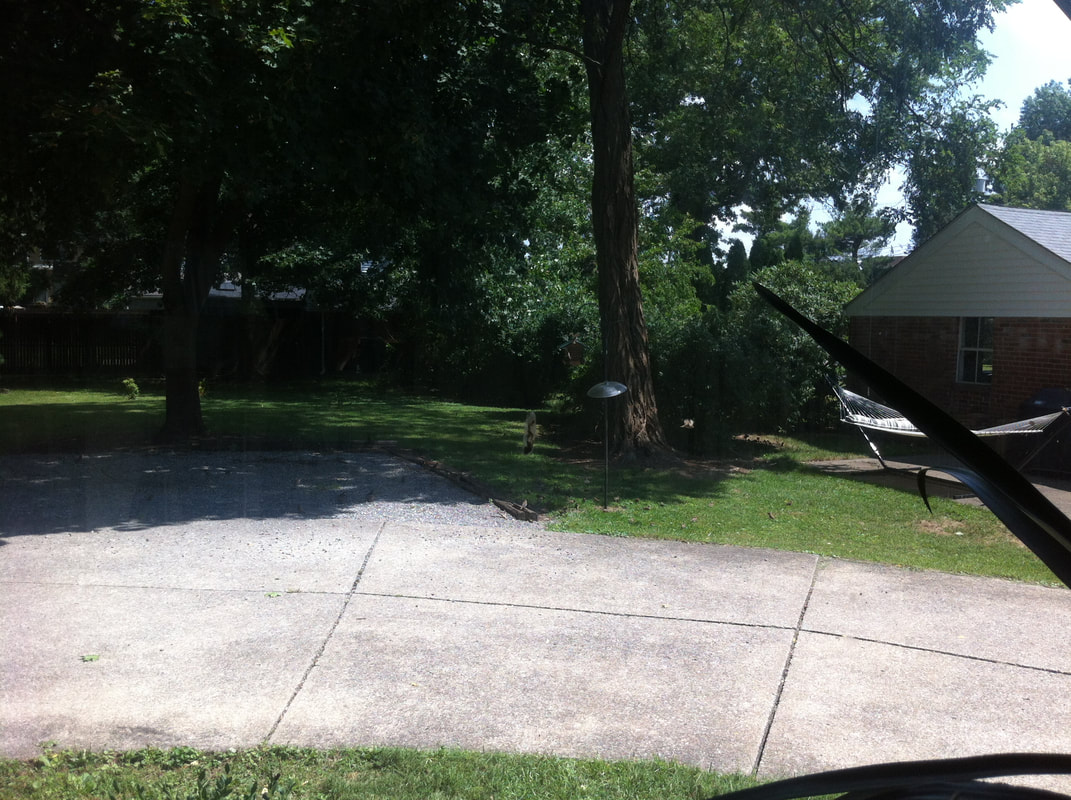
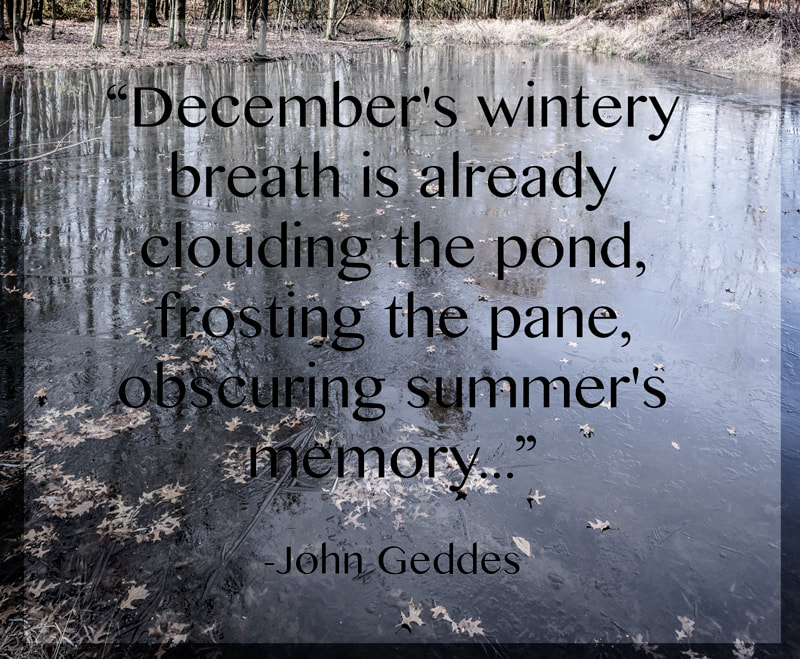
 RSS Feed
RSS Feed